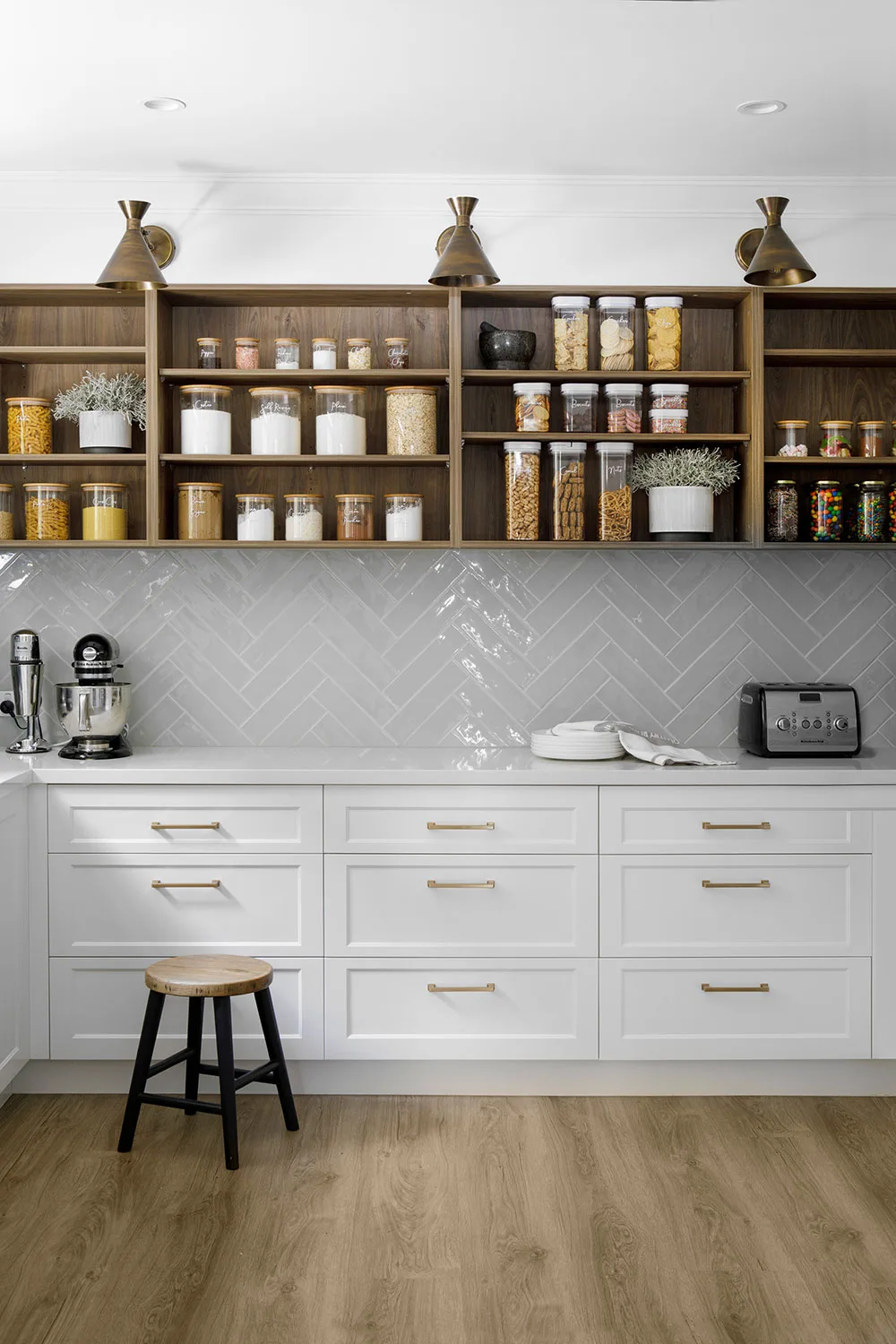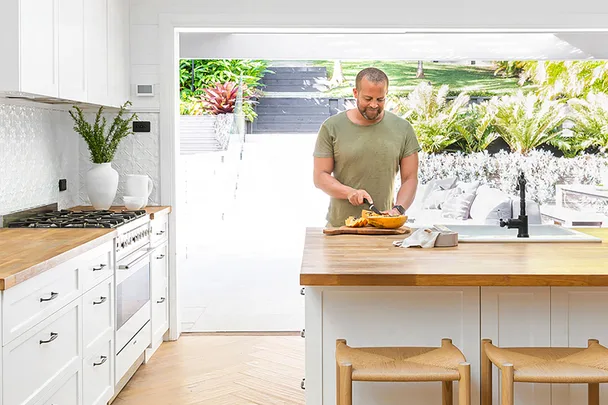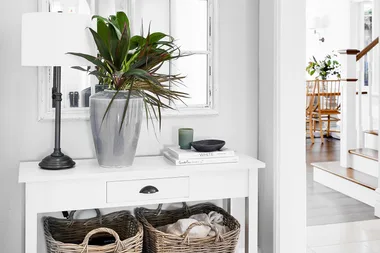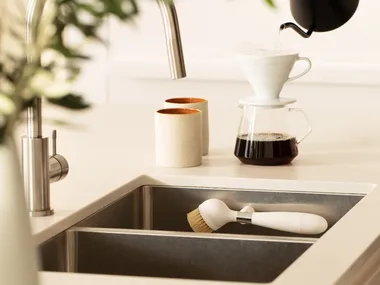Cooking can be a creative and meditative activity, but there’s no reason to spend more time in the kitchen than you absolutely have to. So, if you’re spending more time sweating over the stove than sitting down with dinner guests, now’s the time to brush up on time-saving cooking hacks.
From meal kit subscription services to smart cooking devices, here are seven of the best ways to spend less time in the kitchen and more time enjoying the meal you’ve lovingly crafted.
1. Declutter the kitchen
Kitchen cabinets that overflowing with unused pots, pans, utensils and other appliances? Take everything out and decide what you need and what you’ll never use. This is also a good time to throw out anything that’s stained, broken or, as Marie Kondo says, doesn’t “spark joy”.
Once you’ve cleared out the kitchen, ensure everything has a home. There are various products available to help organise everything in your kitchen, including canisters for things like flour, spice racks and hooks for utensils. This will save you time looking for the right pan, measuring jug, scissors and whatever else you need during cooking.

2. Only buy useful small appliances
After you’ve decluttered your kitchen, invest in good quality products to help make your cooking efficient.
High-tech appliances are worth the investment if they’ll be used. For example, if you like a coffee every morning, a coffee machine might save you time. If you like smoothies or juices, a proper blender is a worthwhile purchase. Appliances such as slow cookers and air fryers allow you to cook delicious meals without having to stand over a hot stove.
It’s also a good idea to invest in a great pots and pans that will replace a cupboard full of cheap ones – and save you in the long run.
3. Try guided cooking
In case you haven’t heard of it, guided cooking is a new trend that’s been gaining momentum over the past couple of years.
Appliance makers and tech companies alike are jumping on the bandwagon, helping home cooks save time by creating appliances that take you through recipes with clear on-screen instructions, plus temperature and timings are set automatically by the machine.
Some guided cooking machines you may have heard of include the Tefal Cook4Me or the Thermomix.

4. Make a meal plan
Planning ahead is one of the best ways to save time in the kitchen. Having a meal plan for the week saves time (and stress) thinking of what to make every night. You can then get all your groceries at once and save time on emergency trips to the shop! It also means you can start prepping meals earlier.
Start preparing breakfast the night before, or marinate meat in the morning for dinner that night. Obviously life sometimes (often) gets in the way – whether it’s a last-minute dinner invite or everyone is craving pizza – so leave room in your weekly plan for this. It’s also a good idea to account for leftovers with a “Leftovers Day”.
5. Try a meal kit subscription
Can’t seem to get the hang of meal planning and find yourself ordering UberEats more than you’d care to admit? Meal Kit subscription services such as Marley Spoon and Hello Fresh are more convenient than planning and cooking everything from scratch and will save you money on all of those takeaway orders.

6. Shop smarter
Making small changes when buying groceries is an easy way to save time in the kitchen. There are myriad products available to help you take shortcuts, but the key is to choose items that save time but without compromising on taste.
Try buying pre-chopped veggies, packaged stock and curry pastes so you don’t have to start from scratch. Recipe bases are particularly good for weeknight meals and can easily be jazzed up with extra spices.
You can buy crushed ginger, garlic and chilli to use in everyday dishes and reserve crushing the fresh ingredients for recipes that need a stronger flavour.

7. Make the most of leftovers
Repurposing leftovers to create new meals is a great way to save time, since most of the food is already cooked. It also helps to reduce food waste, which is an issue for most households – 35 per cent of the average household bin in Australia is food waste.
Have a few go-to leftover recipes up your sleeve and you can include them in your weekly meal plan.
Cooksmarts has a handy infographic that you can get printed with ideas for repurposing leftovers. Aside from using leftover food for the next day, you can also repurpose things like leftover herbs and fruit to avoid waste – make some pesto, jams, smoothies or banana bread!










